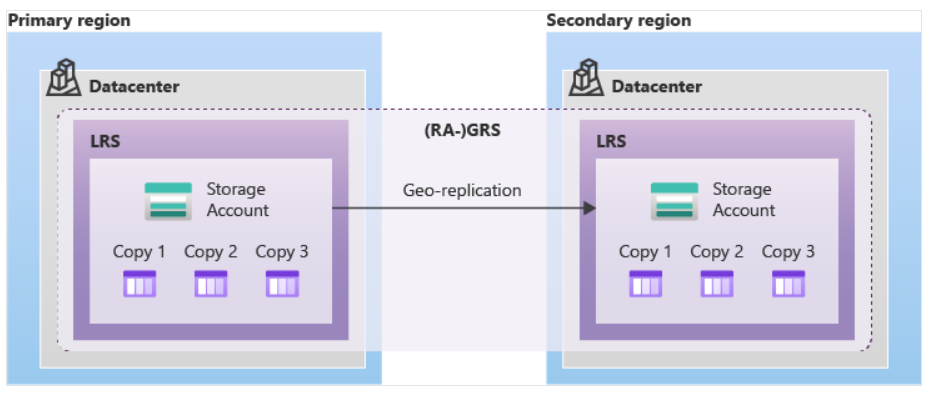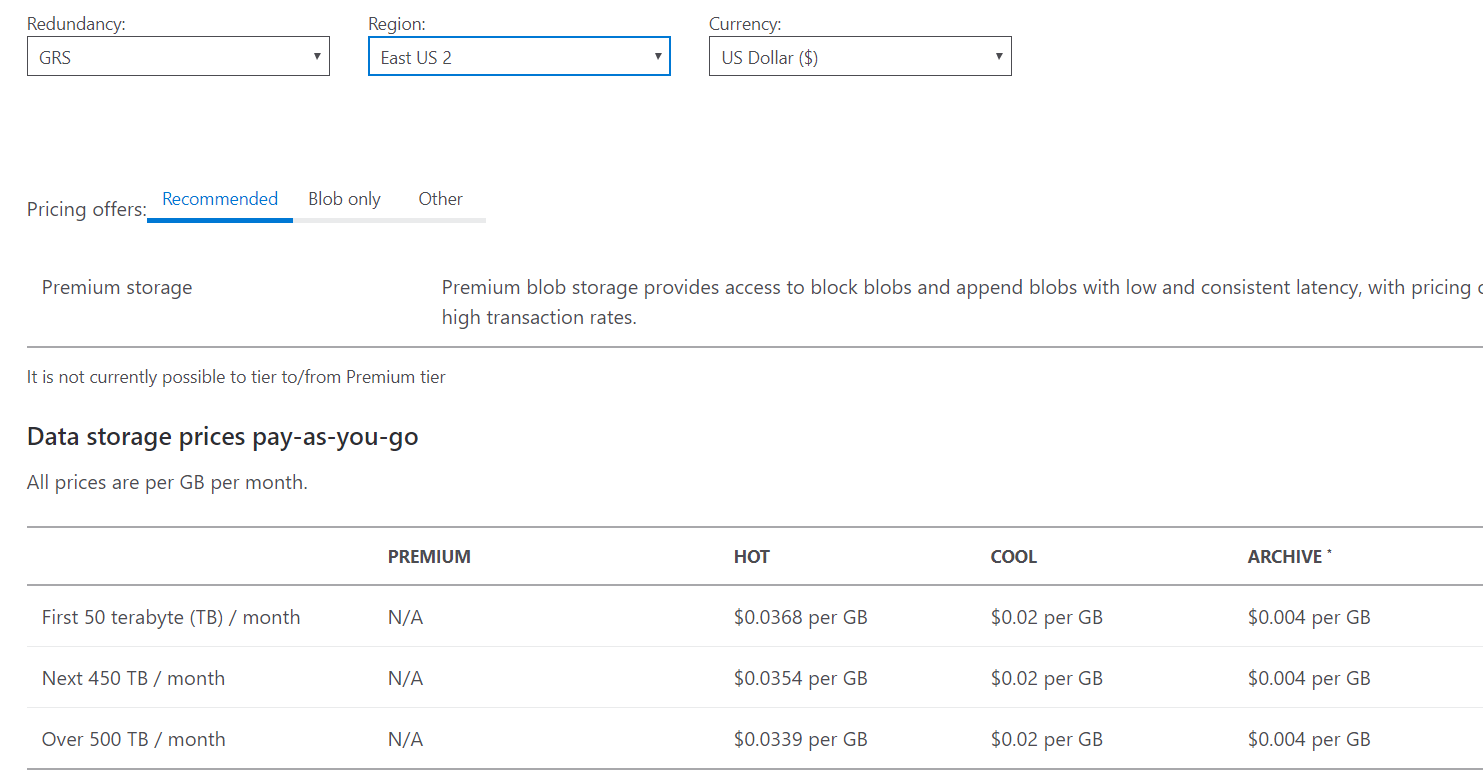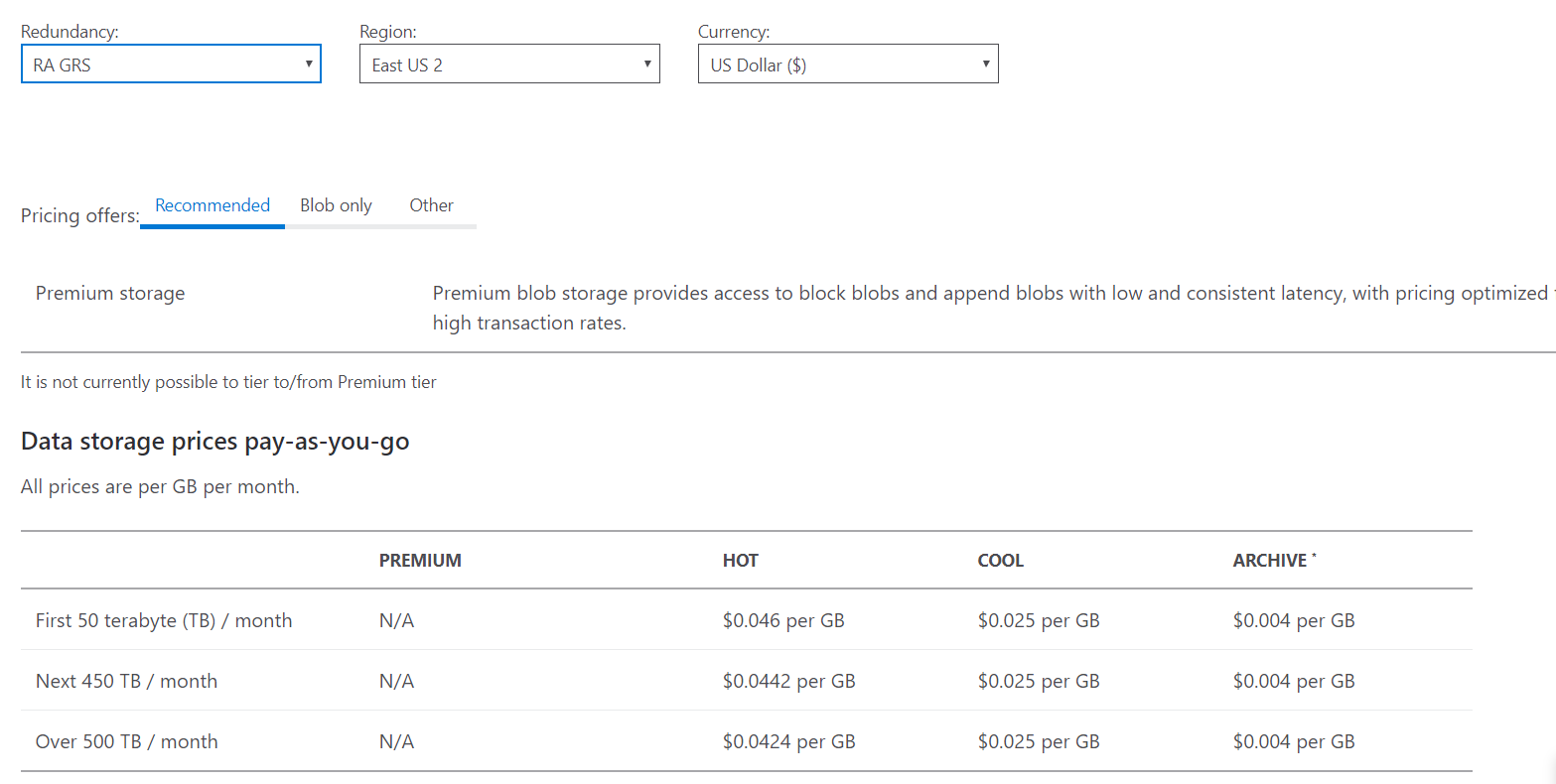To replicate data to a secondary region you can use geo-redundant storage (GRS), When you enable read access to the secondary region, your data is available to be read at all times, including in a situation where the primary region becomes unavailable.
Geo redundant storage account
Geo-redundant storage (GRS) copies your data synchronously three times within a single physical location in the primary region using LRS. It then copies your data asynchronously to a single physical location in the secondary region. Within the secondary region, your data is copied synchronously three times using LRS.
ZRS provides excellent performance, low latency, and resiliency for your data if it becomes temporarily unavailable. However, ZRS by itself may not protect your data against a regional disaster where multiple zones are permanently affected. For protection against regional disasters, Microsoft recommends using geo-zone-redundant storage (GZRS), which uses ZRS in the primary region and also geo-replicates your data to a secondary region.
Refer- https://learn.microsoft.com/en-us/azure/storage/common/storage-redundancy
The following diagram shows how your data is replicated with GRS or RA-GRS:

Read access to data in the secondary region
Geo-redundant storage (with GRS or GZRS) replicates your data to another physical location in the secondary region to protect against regional outages. However, that data is available to be read only if the customer or Microsoft initiates a failover from the primary to secondary region. When you enable read access to the secondary region, your data is available to be read at all times, including in a situation where the primary region becomes unavailable. For read access to the secondary region, enable read-access geo-redundant storage (RA-GRS) or read-access geo-zone-redundant storage (RA-GZRS).
Use geo-redundancy to design highly available applications
If the Answer is helpful, please click Accept Answer and up-vote, this can be beneficial to other community members.


